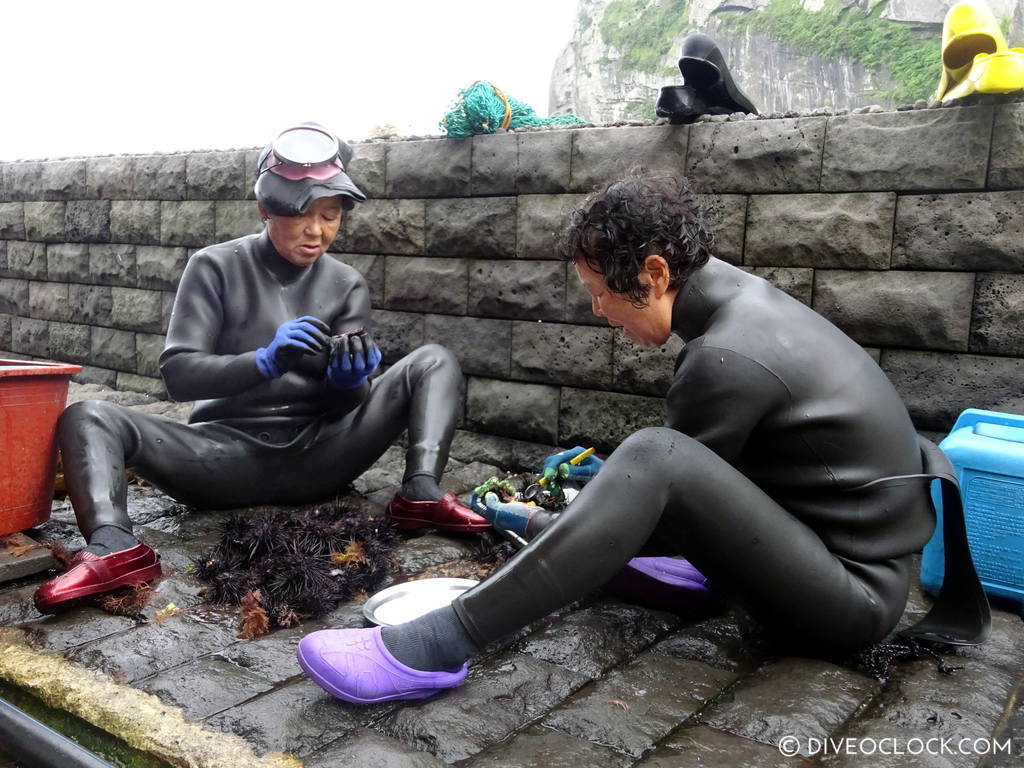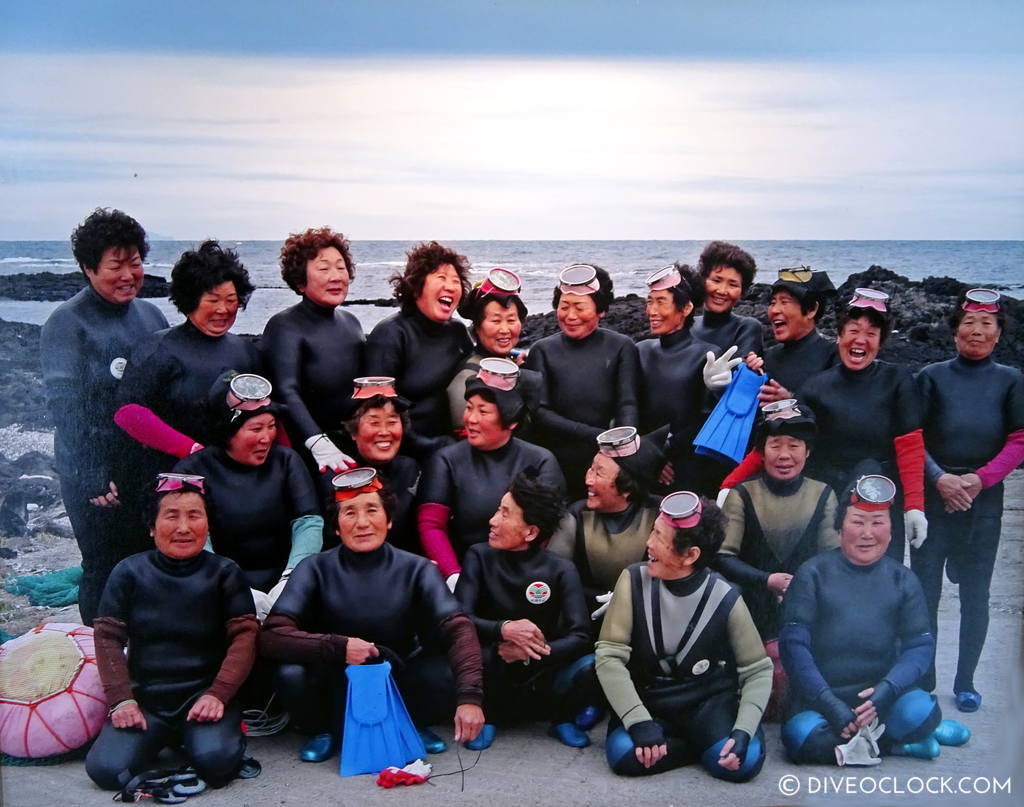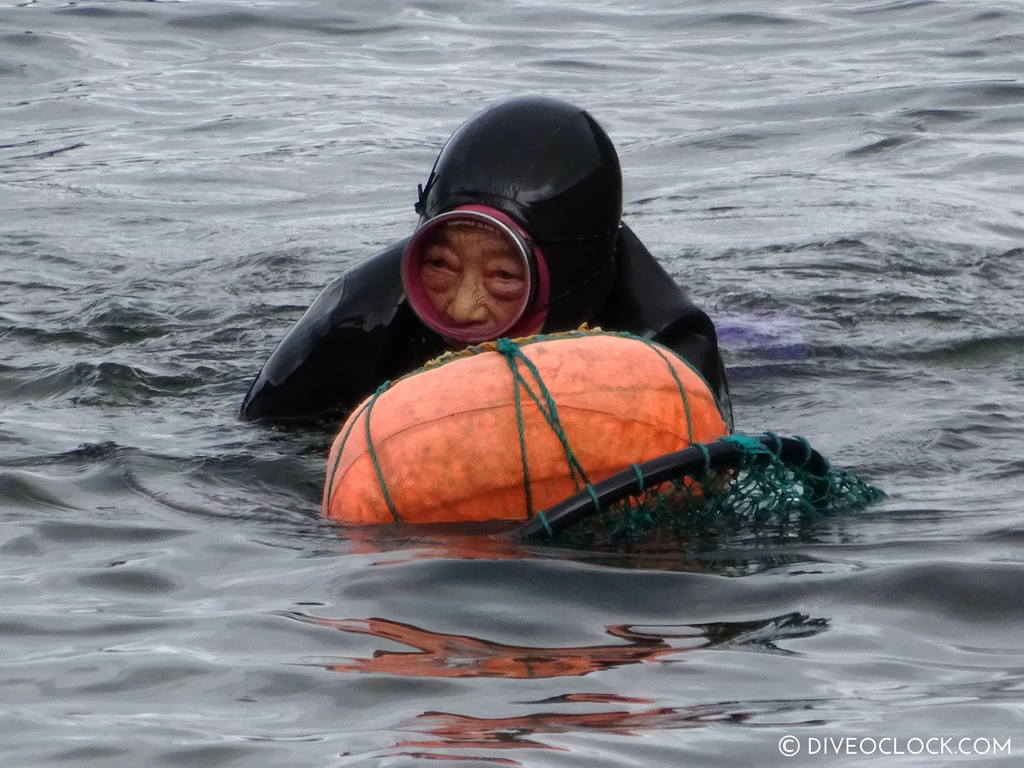By Amalia Theocharidou,
Diving is a well-known hobby that has also been an important part of the life of people in seaside areas. When we think of this underwater activity, a specific image comes to mind. A young person, very well equipped and very trained, diving in low depths. But how much of a paradox is it, to see a group of women in their 80s, diving with the bare minimum of equipment and also being protected by UNESCO? This is the tradition of “haenyeo” (sea women) in Jeju Island, South Korea.
Haenyeos are exclusively women divers, arranged in groups. Age plays no important role, as most of the members are elderly, up to 80 years old, that have been trained all their life to fulfil that purpose. They dive in a depth of ten meters, but the meters vary depending on the experience of each diver. With the use of only one knife, they collect seashells, seaweed (a popular Korean snack, similar to potato chips, for us), and other seafood that can be consumed, in order to sell it later on, or even consume it themselves.

The first citations about the haenyeo activities were stated back in 1629, when women dived with no equipment at all, as the first suitable diving suit was out in the 1970s. Instead, the fearless women dived just in cotton clothes, every day, despite the harsh weather, given the fact that Jeju Island is an area of monsoons and tidal waves, as well as a volcanically active island. Besides the sea activities, the women were also expected to return home after their times of work and take care of their children and households.
Haenyeos are trained since little girls, from the age of eight years old. After learning how to swim, another important factor is learning how to hold their breath underwater. A common practice is using water filled bowls, into which they dive their heads and time their performance. Later on, they pass to swimming in shallow waters, where they learn how to handle the water pressure. When a haenyeo is all prepared, she gets her gear, which is limited to a wetsuit, a mask, a pair of flippers, and a knife. They also use a net to gather all their catches and a buoy, which floats on the surface and is used for easily numbering and spotting the divers from the shore.

The women either head directly to the sea or head to near-by locations on a boat, on a quest to complete their “mulji”, which is the Korean name of the process. UNESCO has characterized this practice as a monument of national heritage, a tag that helped the island to grow more, as many people, even South Koreans themselves, visit Jeju in order to watch or even sometimes participate in a dive surveilled by their crew. The 2023 Kdrama “Welcome to Samdal-Ri” actually focuses on the life of haenyeos, introducing them to the public and making their practices familiar.
In a country where patriarchy still sadly thrives, it is important to note that there’s a life aspect in which women still manage to stand out exclusively, giving hope as well as the base for a feministic flourishing.
References
- Haenyeo – Seeing the Incredible Women Divers of Jeju Island – South Korea! Dive o’clock. Available here
- Haenyeo- what they catch and their practice. jose jeuland. Available here




